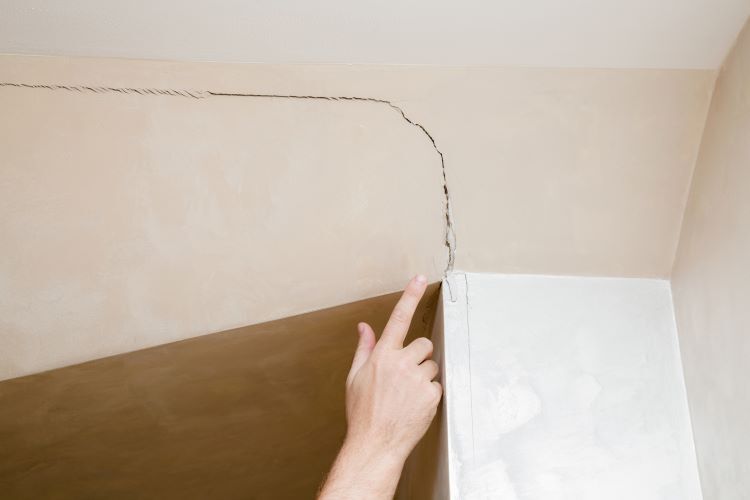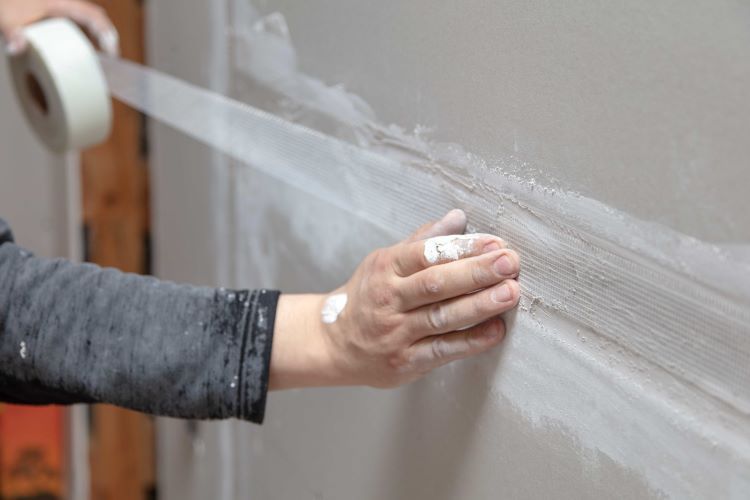Choosing Between Drywall Textures for Your Basement Walls

When it comes to finishing your basement, the drywall texture you choose can make a significant impact on the overall feel and aesthetic of the space. Whether you're transforming your basement into a cozy living area, a home office, or a recreational room, selecting the right drywall texture can add character and complement your design vision. At Calgary Drywallers, we understand how important it is to create a polished, inviting space in your home, especially when it comes to a basement remodel. In this article, we’ll guide you through the different types of drywall textures and how to choose the one that best suits your needs.
Why Drywall Texture Matters
Drywall texture is more than just a finishing touch. It can help disguise imperfections, enhance lighting, and add depth to your basement walls. Because basements often serve as multipurpose areas, it's crucial to pick a texture that not only matches the design style of the room but also serves a functional purpose. The right texture can contribute to the room’s overall durability and help reduce maintenance needs in the long run.
Popular Drywall Textures for Basements
Here are a few common drywall textures to consider for your basement renovation:
1. Smooth Finish
A smooth finish is sleek, modern, and timeless. This texture offers a flat, even surface that provides a clean look and works well in contemporary or minimalist designs. However, a smooth finish can show imperfections more easily than other textures, making it important to ensure proper installation and finishing. If you're aiming for a polished and elegant appearance, the smooth finish may be perfect for your basement walls.
- Best for: Modern designs, minimalistic spaces, and areas where lighting is key.
- Pros: Clean, sophisticated appearance.
- Cons: Imperfections may be more noticeable; requires skilled application.
2. Knockdown Texture
Knockdown texture is a popular option for basements due to its unique look and ability to hide imperfections. It features a slightly raised, uneven pattern that adds subtle dimension to the walls. Knockdown is applied by spraying or rolling the drywall compound onto the wall, then "knocking down" the raised portions to create a textured, yet refined finish.
- Best for: Family rooms, entertainment areas, or any space where durability is important.
- Pros: Hides imperfections; easy to maintain.
- Cons: Requires a bit more labor than a smooth finish.
3. Orange Peel Texture
Orange peel texture resembles the skin of an orange, with a slightly bumpy, stippled appearance. This texture is applied with a sprayer, creating a uniform pattern that provides visual interest without being overwhelming. It’s a common choice in basements because it helps conceal minor flaws while maintaining a relatively smooth surface.
- Best for: Multipurpose rooms, children’s play areas, or basements with low ceilings.
- Pros: Hides minor imperfections; easy to clean.
- Cons: May not suit all design styles.
4. Popcorn Texture
While popcorn ceilings are often considered outdated, some homeowners still opt for this texture on walls in certain areas, including basements. Popcorn texture has a rough, bumpy surface that’s excellent at soundproofing, which makes it a practical choice if you're converting your basement into a home theater or music studio. However, it can be harder to clean and maintain.
- Best for: Basements used for media rooms or soundproofed spaces.
- Pros: Excellent sound absorption.
- Cons: Difficult to clean; outdated in some design trends.
5. Skip Trowel
Skip trowel is a highly artistic and decorative texture that creates a sophisticated look with irregular, sweeping patterns across the walls. This technique requires a skilled professional to apply and is ideal for homeowners who want to add a touch of elegance to their basement without opting for a fully smooth finish. The texture is applied by using a trowel to “skip” across the surface of the drywall, leaving behind a thin layer of compound.
- Best for: Stylish and elegant basements, such as home offices or entertainment spaces.
- Pros: Elegant appearance; hides wall flaws.
- Cons: More labor-intensive to apply.
Factors to Consider When Choosing a Texture
When choosing a drywall texture for your basement walls, it's important to consider several factors:
- Functionality: Consider how the room will be used. If your basement serves as a home theater or music room, textures like popcorn or knockdown, which offer soundproofing benefits, might be ideal. For a cleaner, modern look in a home office or living space, a smooth or orange peel texture may be more suitable.
- Maintenance: Some textures are easier to clean and maintain than others. For high-traffic areas or basements that may experience more wear and tear, knockdown or orange peel textures can be more forgiving. Smooth finishes, on the other hand, require more maintenance to keep looking pristine.
- Aesthetic Appeal: Your design style will heavily influence which texture works best. If you prefer a modern, sleek look, a smooth finish is ideal. For a more traditional or rustic aesthetic, consider textured finishes like skip trowel or knockdown.
- Budget: Certain textures, like skip trowel or knockdown, require more labor and expertise to apply, which may affect the cost. Simpler textures like orange peel or smooth finishes may be more budget-friendly options for your basement drywall project.
Conclusion
Choosing the right drywall texture for your basement walls can dramatically influence the final look and feel of the space. Whether you're looking for something sleek and modern or textured and durable, there are plenty of options to suit your design and functional needs. At Calgary Drywallers, we specialize in helping homeowners choose and apply the perfect drywall textures for their basement renovations.
Contact us today to learn more about how we can help transform your basement into a beautifully finished space.
You might also like


